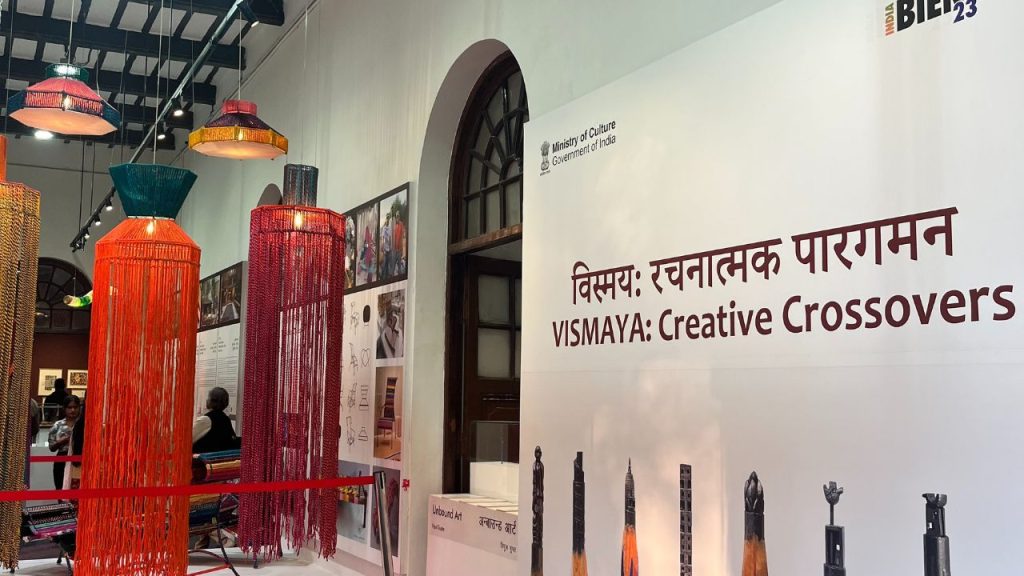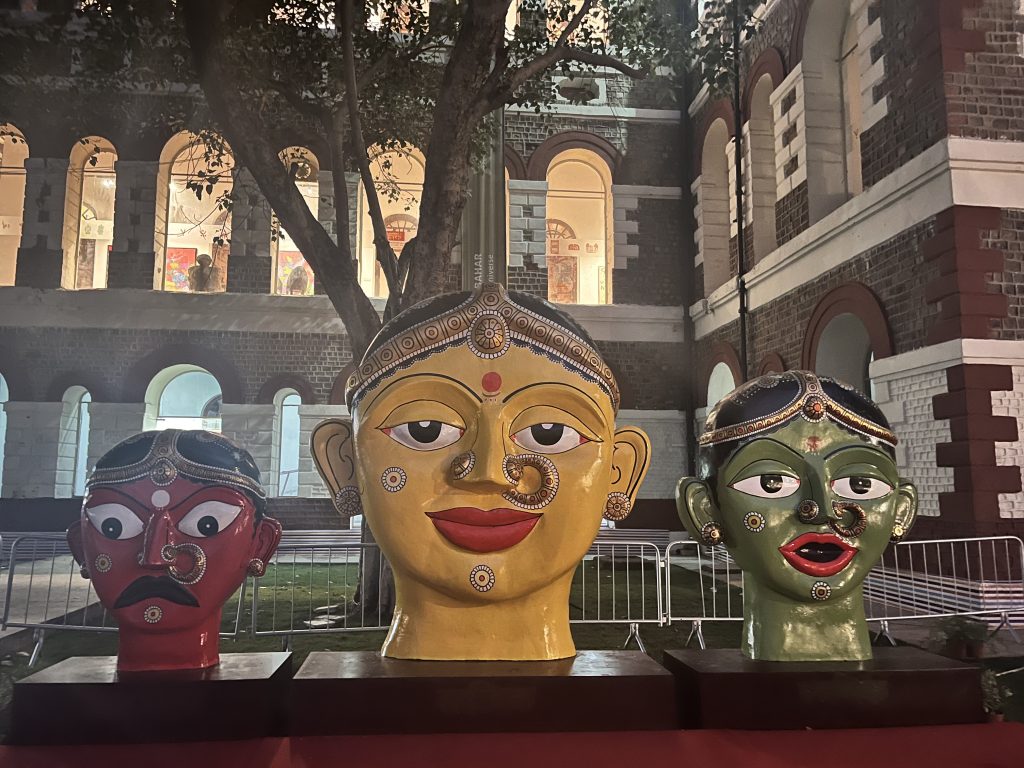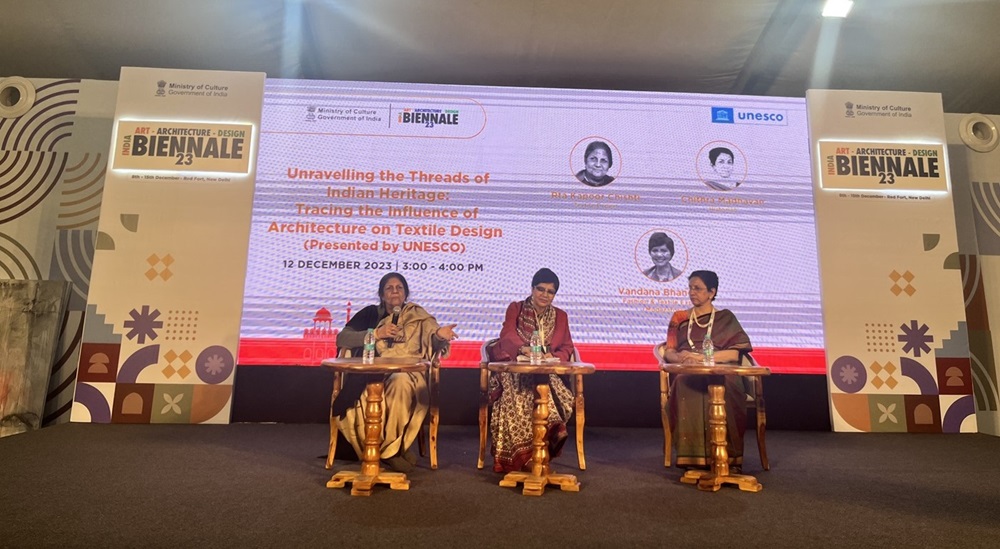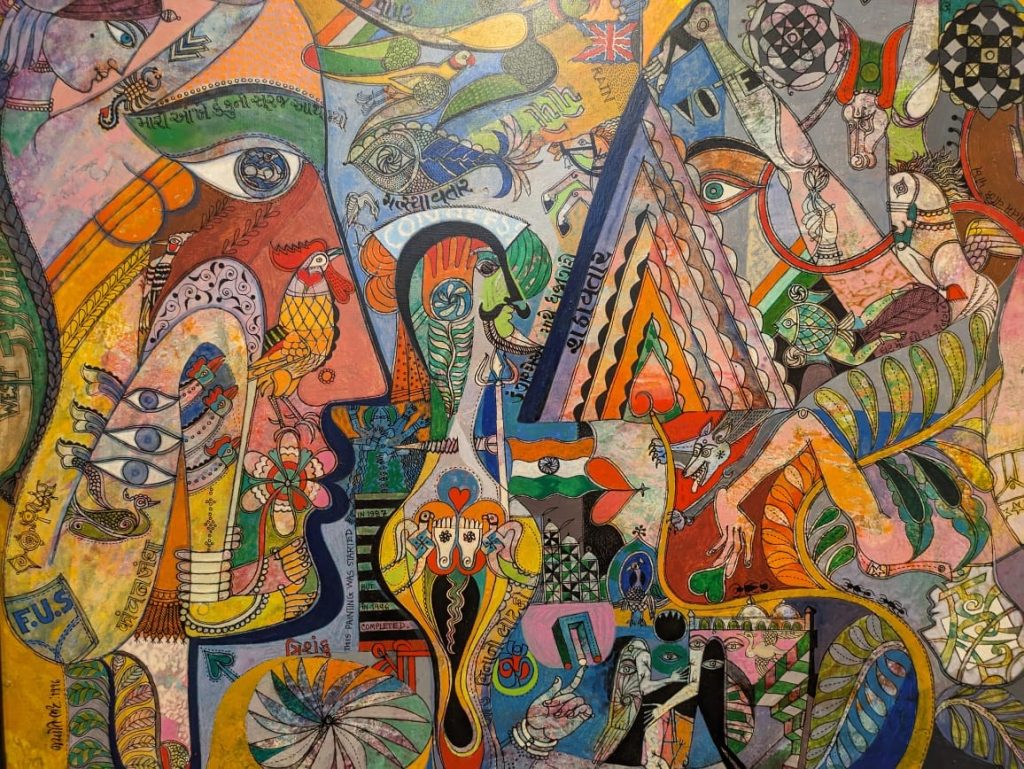Day 5 was about celebrating the architectural icons of modern and independent India. Titled, ‘Vismaya: Creative Crossovers’ the exhibition explores a range of extraordinary creations that cross over the realms of art, architecture and design (beyond the conventional ‘isms’) to express the three primary themes of the sublime, the monumental, and the humane. The section on the oriental captures the architectural gems under these three themes in a unique miniature pencil art installation, ‘Unbound Art’.
The sublime art installations of the ‘Shloka Vriksh’, ‘Infinite universe, Infinite self’, one truth, many names’ and ‘The Flux in Ayodhya’, communicate the eternal messages of a single truth and divinity, while the same message is beautifully concretised in the timeless architectural symbols such as the Matrimandir and the Bahai house of worship displayed in this exquisite exhibition.
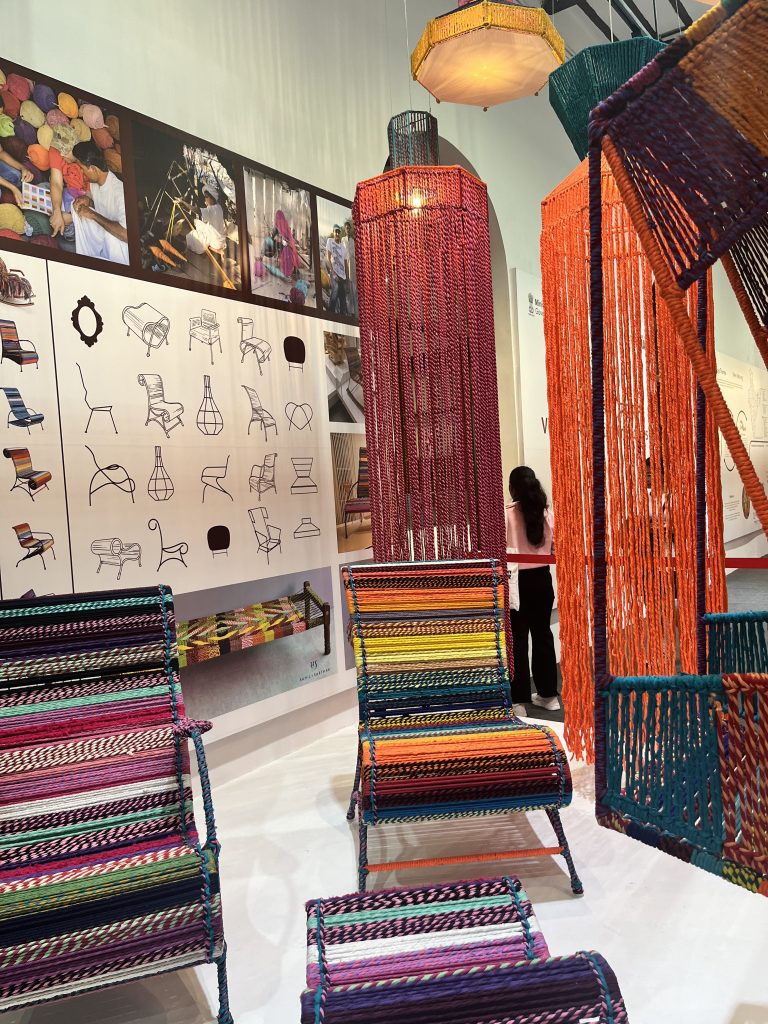
The humane is an essential component embedded in people’s experience and knowledge and, also reflected in the unique craftsmanship that defines India. The human centric approach to design is well enumerated in the sensitively designed institutional buildings (juxtaposing light and shade) as well as residential and crafts oriented architecture and artwork (Rangeela, Katran, and Material Immaterial) exhibited in the section, ‘creating spaces for people’.
The monumentality, sculturality and materiality of 20th and 21st century architecture of India is demonstrated in the design and model displays of exceptional architectural masterpieces under various typologies of cultural centres (defining cultural archetypes, museums and the state and central administrative buildings (empowering scale and material. This architectural journey not only takes the visitor through the societal aspirations and technical innovations in last 75 years in India but also informs about the creative and cultural exchanges between Indian and foreign architects that defined the post-independence architectural landscape of the country.
The reflections section is a thought provoking section for the people to ponder and reflect on the future of architecture through models of future buildings, art installations like ‘Mind maps’ and ‘the crease’ and audio visual shows.
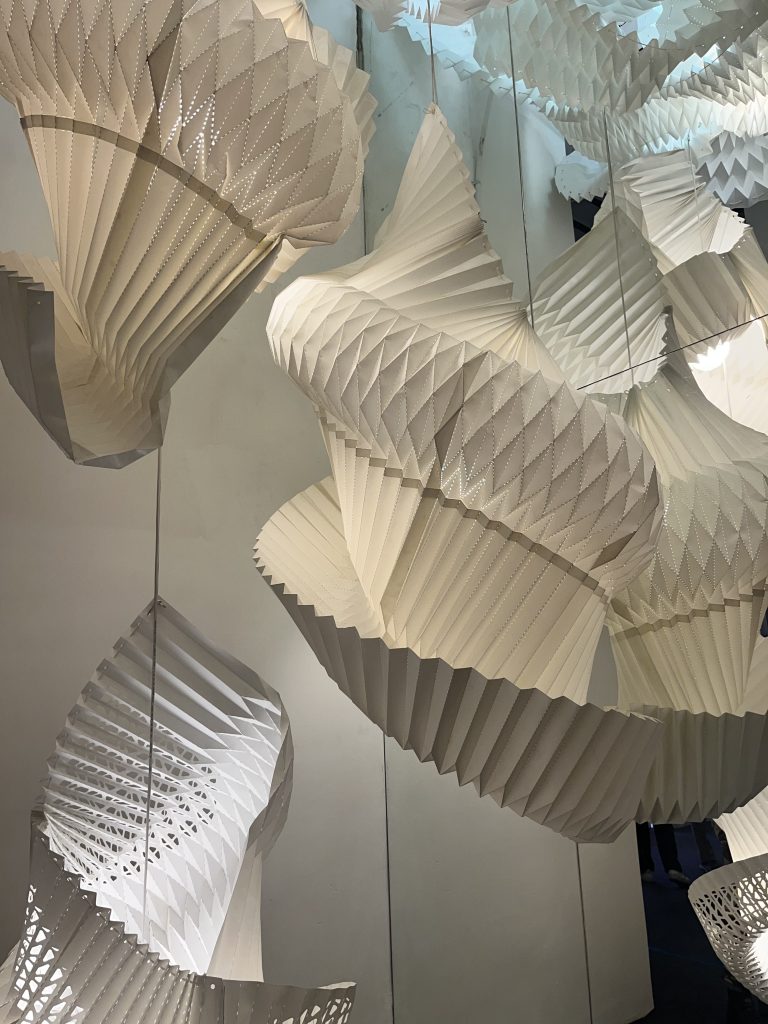
One of the most striking works in the section on ‘Reflections’ is by renowned artist, Ankon Mitra. The mirrors multiply the one reality into multiple, the original multiplying by the millions in a multiverse in Vishnu’s dream, as all mental constructions of the original form creating a multitude of everything many times over. Illusions and allusions both come to the fore. The installation talks of many things in the realms of philosophical discourse which are of immense interest to the artist – our past and future lives, the difference between reality and illusion, how one element multiplies to a massive geometric progression, spiralling out of control and fading into the distance, the difference between zero and infinity, are there many Earths in many alternate realities, is the Universe infinite? The origami shapes and forms reference intricate Mandala-like Temple ceilings. The repetition of the pleats are mirrored in the reflections inside the room. Beyond the sensorial and surreal to its next logical destination, this work lays bare and transparently visible the difficult questions addressed in the upanishads and the vedantic philosophy.
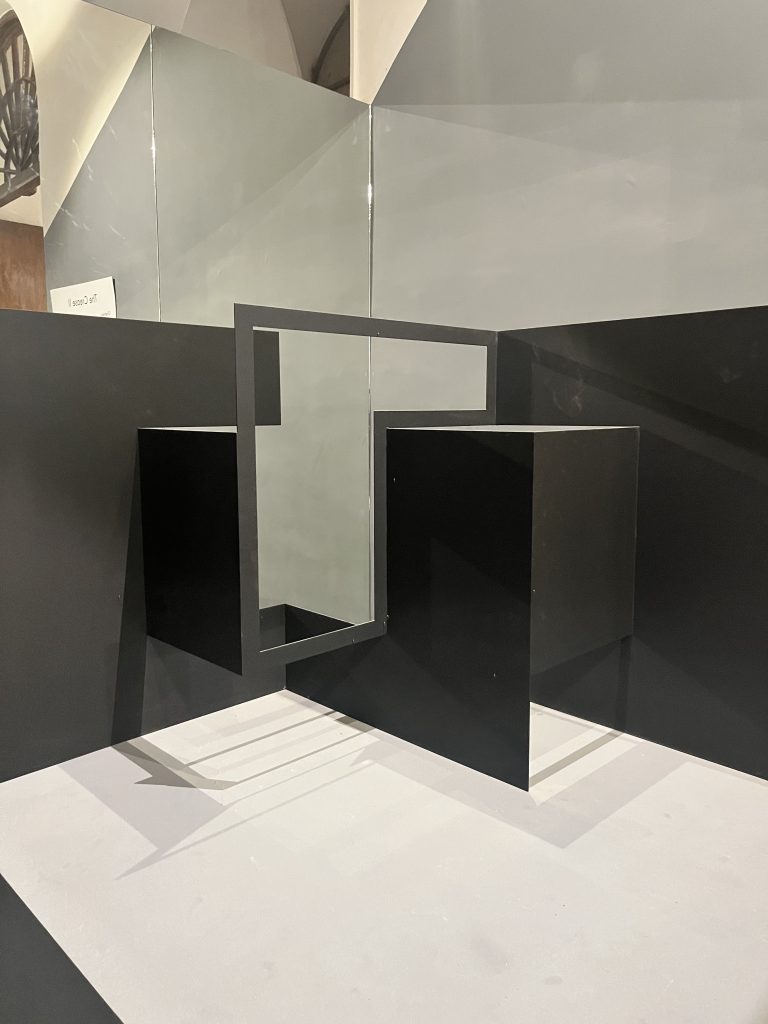
Since independence, a multitude of art galleries, cultural centers and museums have emerged across India. The exhibit shows a few of the iconic cultural buildings from the late 20th to the early 21st centuries designed to establish a new cultural paradigm in varied contextual situations. Moving from the 1960s onward with the idea of the ‘Museum of Unlimited Growth’, this gallery showcases cultural spaces in each decade such as the National Science Centre, Bharat Bhavan, Jawahar Kala Kendra, Amdavad ni Gufa ending with the state-of-the-art museums of the 21st century such as the Smritivan Museum by BV Doshi at Bhuj and the Bihar Museum by Maki and Opolis.
Establishment of campuses and new institutions is one of the most remarkable phenomena in post independent India. The innovations in institutional designs, schools, colleges and university campuses including their response to climate and play of light and shadow are presented in this section. Starting from the earliest campuses such as IT Kanpur by A P Kanvinde, this part of the exhibition displays a wide array concluding with one on the most unique design of Ratnavati Girls School in Jaisalmer incorporating the courtyard and the jaali.
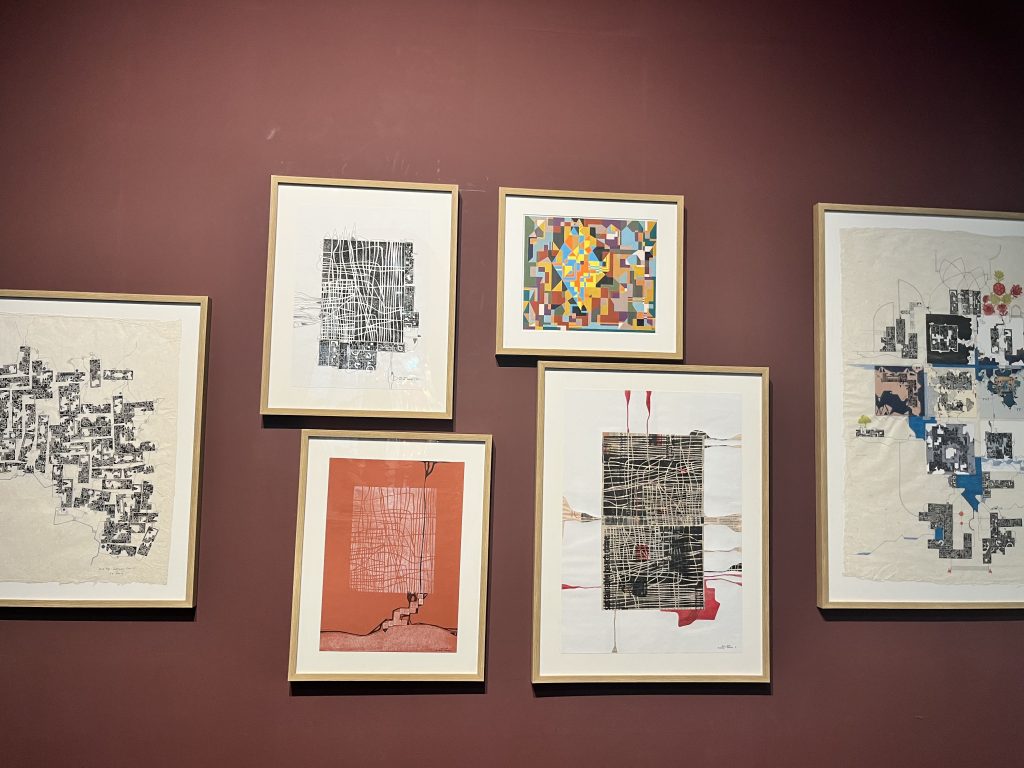
The exhibition was accompanied by enlightening sessions beginning with wonderful keynote addresses by the renowned architect, Eric Owen Moss, and Pradyumna Vyas, a design expert. They threw light on the architectural styles which started emerging in post-independent India. The following session was a panel discussion between Khusnu Panthaki Hoof, Chitra Vishwanath, a biome environmentalist, and Aishwarya Tipnis, moderated by Apurva Bose Dutta, architectural journalist. They discussed the architectural heritage and significance of the buildings in modern and post-independent India.
IAADB’23: Day 4 Celebrates the Influence of Temple Architecture and Design in India
Day 2 was about baaghs, bahaars and gulistans at the IAADB’23
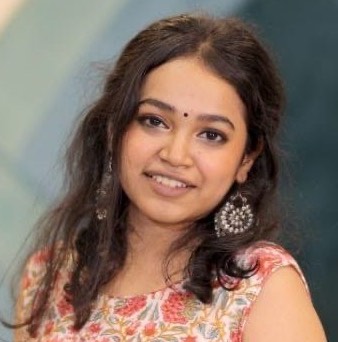
Anoushkha Prasad is a post-graduate from the School of Arts and Aesthetics, J.N.U. She is currently working as a researcher and writer.

